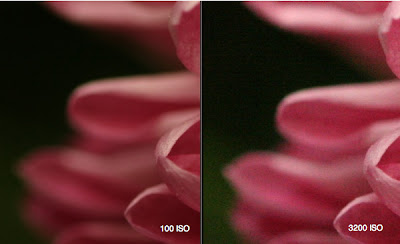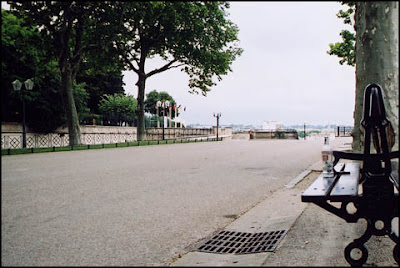Jangka hayat bateri/sel
Ini adalah faktor utama yang anda mesti dilihat dalam memilih kamera digital. Saya dapati harga kamera dan jangka hayat sel tidak seiring. Banyak kamera yang berharga rendah mempunyai jangka hayat sel yang lama dan sesetengah kamera yang canggih dan ‘high-end’ mempunyai jangka hayat sel yang pendek. Contohnya skrin panel yang besar biasanya akan memggunakan kuasa yang lebih untuk beroperasi. Pertimbangkan samada anda perlukan kamera yang mempunyai jangka hayat sel yang panjang atau pendek.
Megapixel
Megapixel pada kamera digital menentukan berapa halus dan ‘detail’ gambar anda boleh dirakam dalam sesuatu shot. Biasanya jumlah megapixel ialah dari 4 megapixel hingga 16 megapixel. Bagaimana untuk mengetahui berapa banyak megapixel yang anda perlukan? Sebagai panduan, jika anda menggunakan gambar untuk dihantar melalui email atau post ke laman web, anda tidak memerlukan lebih dari 2 megapixel. Tetapi jika anda ingin mencetak gambar anda dalam siaz yang besar, seharusnya anda memerlukan 5 megapixel dan lebih. (Bergantung pada saiz gambar yang anda ingin cetak).
Lensa Zoom
Anda semestinya memerlukan kamera yang mempunyai ‘optical zoom’. Optical zoom menggerakkan lensa kamera untuk merakamkan imej pada jarak jauh atau dekat pada satu titik. Penggunaan digital zoom adalah secara digital membesarkan imej menggunakan mikrocip kamera- menghasilkan kualiti gambar yang rendah. Pengeluar kamera menekankan lebih kepada digital zoom daripada optikal zoom dalam iklan mereka; jadi berhati- hatilah semasa memilih!
Kawalan dedahan cahaya (Exposure Control)
Kebolehan mengawal ‘exposure’ seperti shutter speed (kelajuan shutter) dan bukaan lensa adalah perkara utama yang diperlukan oleh jurugambar yang inginkan kawalan secara manual. Kamera digital yang murah hanya membolehkan anda mengambil gambar pada mode auto- tekan shutter release…dah dapat tangkap gambar! Pengguna yang lebih ‘advanced’ lebih suka melaras kelajuan shutter dan aperture untuk merakam subjek mengikut kehendak mereka. Jika anda betul- betul minat dalam fotografi, pilihlah kamera yang mempunyai kawalan exposure secara manual.
Kawalan Pengguna (User Controls)
Jika anda mencari kamera jenis ‘point-and-shoot’ (p&s), pastikan anda mencari kamera yang mudah digunakan. Kawalan pengguna (user control) biasanya untuk menetapkan resolusi, macro mode atau flash dengan cara yang mudah dikawal. Adalah penting kita mencuba dahulu kamera yang ingin dibeli – cuba dengan butang-butang kawalan pada kamera dan cuba serasikan dengan anda. Dengan cara ini anda akan dapat memilih kamera yang lebih sesuai dan selesa dengan anda.
source : fototeacher
P/S : dah lama tak berjalan-jalan di sini =)
























































